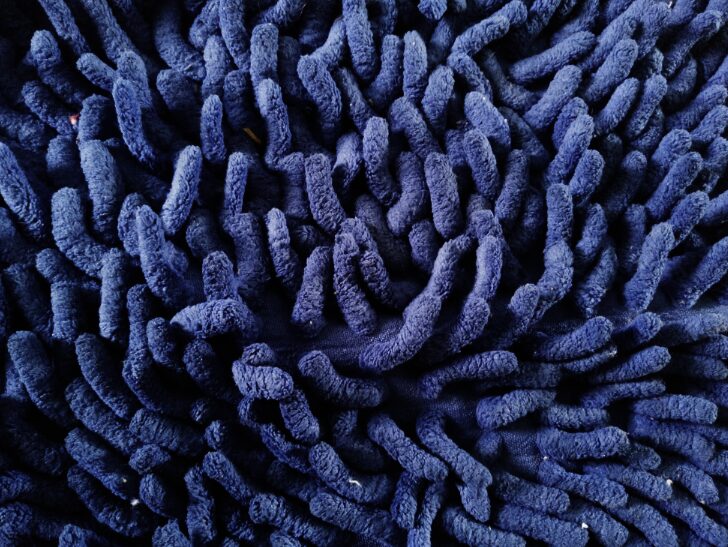Summary:
Microfiber cloths are amazing tools for dusting, polishing, cleaning glass, and wiping down just about any surface—without the need for harsh chemicals. But their superpowers come from their ultra-fine synthetic fibers, and if you wash them wrong, you’ll destroy what makes them so effective.
Let’s break down how to properly care for microfiber cloths so they stay soft, static-charged, and ready to tackle your toughest cleaning tasks.
🚫 Why Fabric Softener Ruins Microfiber
Fabric softener may leave your clothes feeling cozy, but it’s the enemy of microfiber. The waxy coating from softeners (and dryer sheets) clogs up the cloth’s fibers, reducing their ability to trap dust and absorb moisture. After one wrong wash, your cloth might feel greasy, stop picking up debris, or just push dirt around.
- Never use liquid fabric softener or dryer sheets with microfiber.
- The residue breaks down the cloth’s electrostatic properties.
- Stick with plain detergent—no added scent boosters or softeners.
🔁 Best Wash Cycle and Temperature
Microfiber cloths are delicate when it comes to heat and friction. Wash them separately from cotton towels or lint-prone items, and use a gentle cycle to avoid fiber fraying.
- Use a warm or cold water cycle—hot water can degrade the fibers over time.
- Choose the delicate or gentle setting on your washer.
- Wash with like items only—no denim, linty fabrics, or rough materials.
🖐️ Should You Hand Wash or Machine Wash?
Machine washing is safe for most microfiber cloths if done properly. However, hand washing works well for quick refreshes or when you’ve only used them for light tasks like dusting.
- Hand wash in warm water with a few drops of mild detergent.
- Swirl and gently agitate, then rinse thoroughly.
- Squeeze (don’t wring) to remove excess water.
Machine washing saves time, but hand washing can help extend the life of frequently used cloths.
🌬️ Drying Rules: Air vs. Dryer
Drying microfiber the wrong way can cause shrinking, melting, or loss of absorbency. Low heat is safe, but air drying is even better if you have the time.
- Air drying keeps fibers soft and static-charged.
- If using a dryer, choose low or no heat and skip dryer sheets entirely.
- Clean the lint trap well—microfiber attracts lint and can become less effective if it picks up debris in the dryer.
♻️ How to Revive Worn Microfiber Cloths
If your microfiber cloths are feeling stiff, greasy, or just not performing like they used to, don’t toss them yet. A good deep clean can sometimes bring them back to life.
- Soak in hot water + a tablespoon of baking soda + a splash of vinegar for 15–30 minutes.
- Rinse thoroughly and machine wash without detergent.
- Air dry or use a no-heat cycle to finish.
If they still don’t bounce back, demote them to garage, pet, or car-detailing duty.



